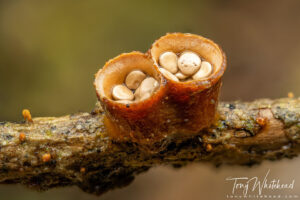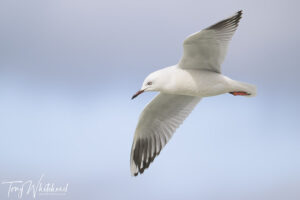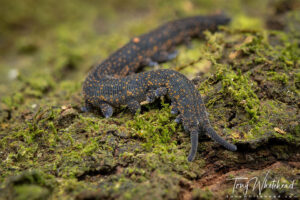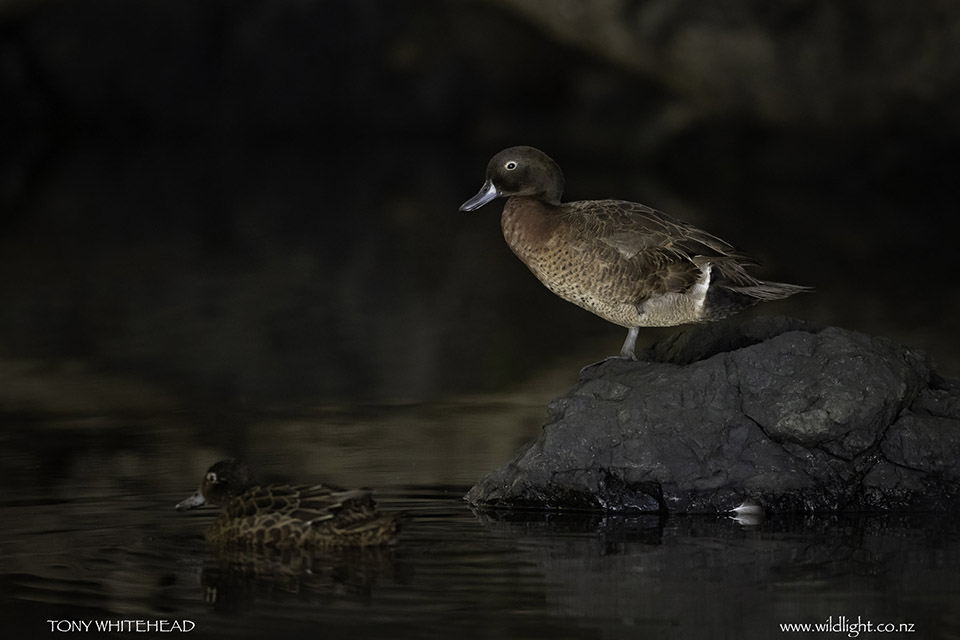
On our recent trip up north of Auckland we again had the opportunity to visit Tawharanui Regional Park. We have visited once before but as this was to help with one of the nocturnal seabird surveys done by the Northern New Zealand Seabird Trust, there was no opportunity to photograph much in daylight.
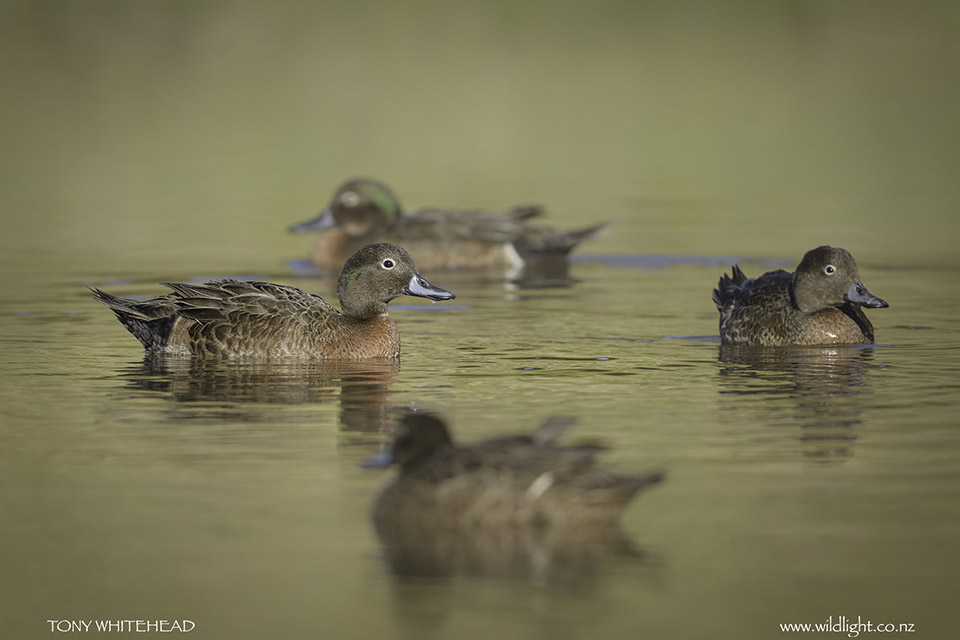
Brown Teal or Pateke (Anas chlorotis) are one of the species worth visiting Tawharanui to photograph. They are the only one of New Zealand’s three endemic brown plumaged Teal that can fly. The similar looking Auckland Island Teal (A. aucklandica) and Campbell Island Teal (A. nesiotis) have lost their ability to fly and become recognised as separate species.
Brown Teal have suffered badly from habitat loss and introduced mammalian predators. Population estimates in 2011 was 1500-2000 birds with most in the northern North Island. I have seen the odd one at Tiritiri Matangi but never had the opportunity to photograph them so they were high on my list for the visit to Tawharanui.
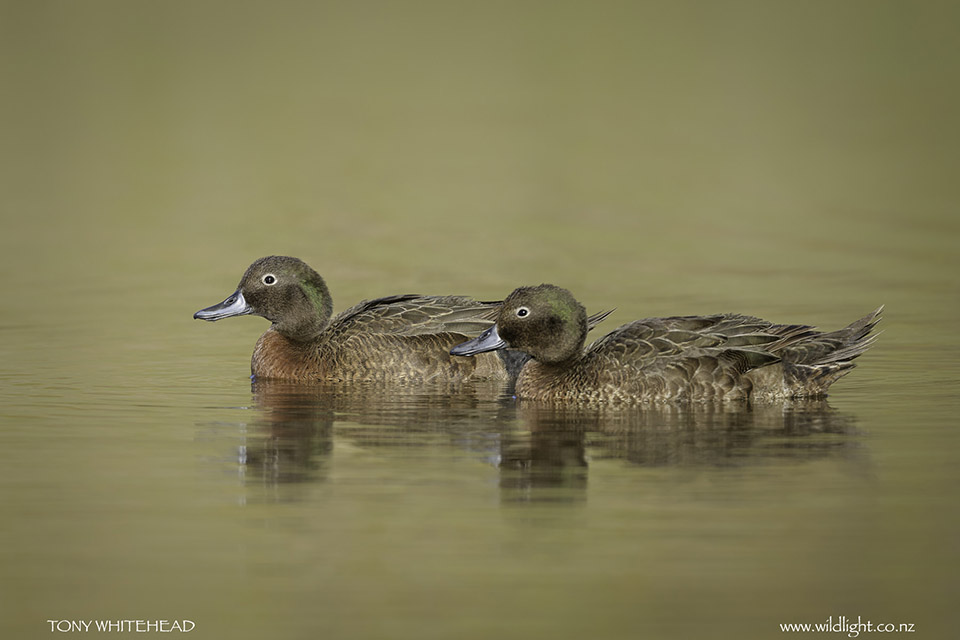
On our previous visit I had seen a nice little flock resting on the edge of the lagoon but as we were meeting up to head out toward the end of the peninsula there was no chance of wandering off to photograph. On this visit the lagoon was our first stop as it is a regular hangout for them. None were obvious and after a picnic lunch and a chance to photograph Kingfisher/Kotare, Edin suggested we head off to the beach as the Brown Teal/Pateke would also often be seen there.
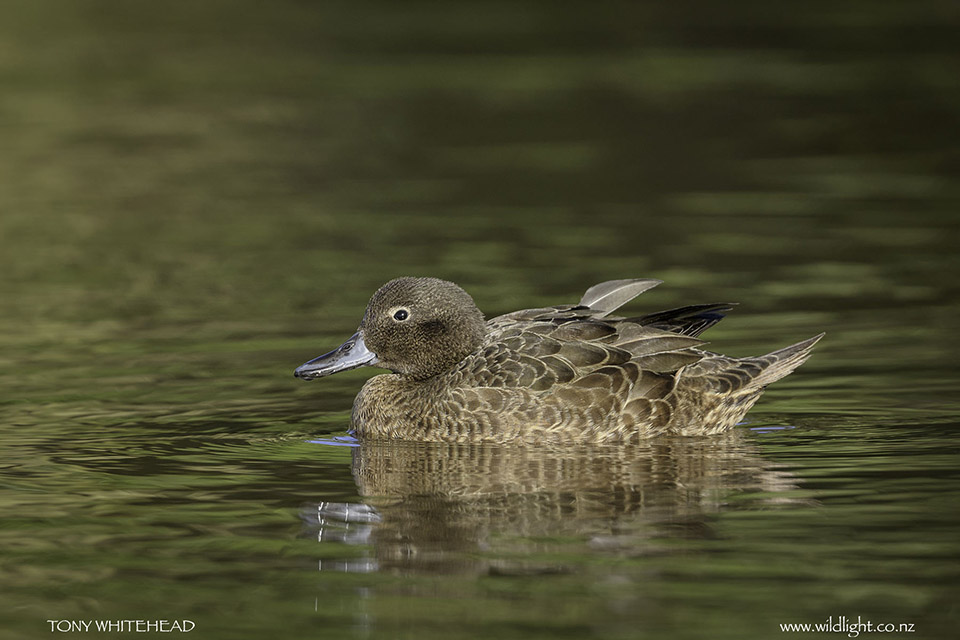
Arriving at the stream were it flows down onto the beach it initially seemed we were out of luck but tucked up in the grass were a little group resting. I managed a couple of record shots and then found a pair up in the shade further upstream which were nicely placed for some decent photos.
After photographing some bathing Variable Oystercatchers and looking for New Zealand Dotterel on the beach, the Teal had decided to swim so we got some more opportunities.
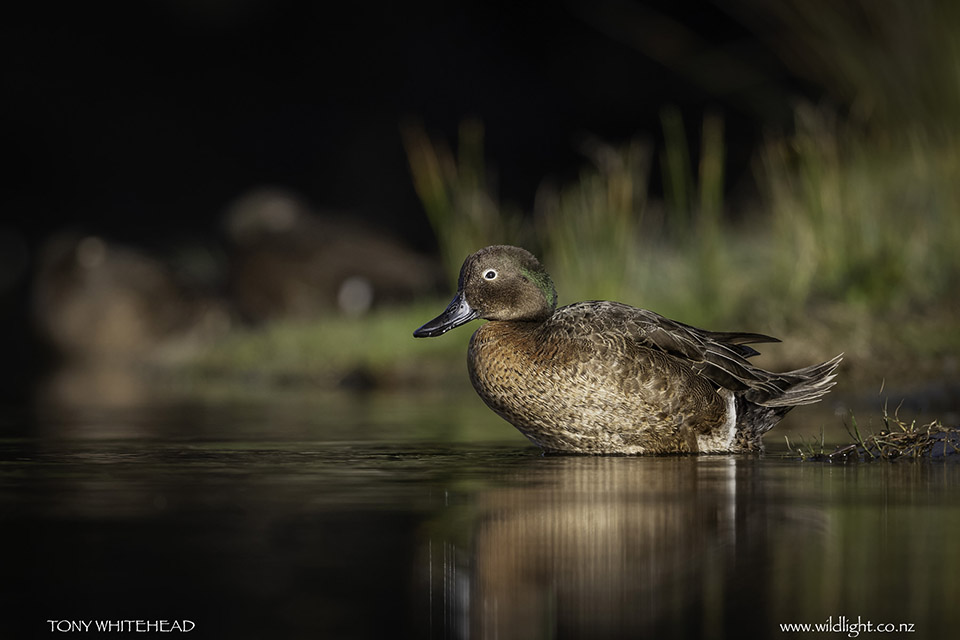
See my post on Auckland Island Teal to compare how similar their appearance is. The New Zealand Birds Online page has more information on the species.
Photos with Nikon D850 and Nikon 500mm f5.6PF lens.
